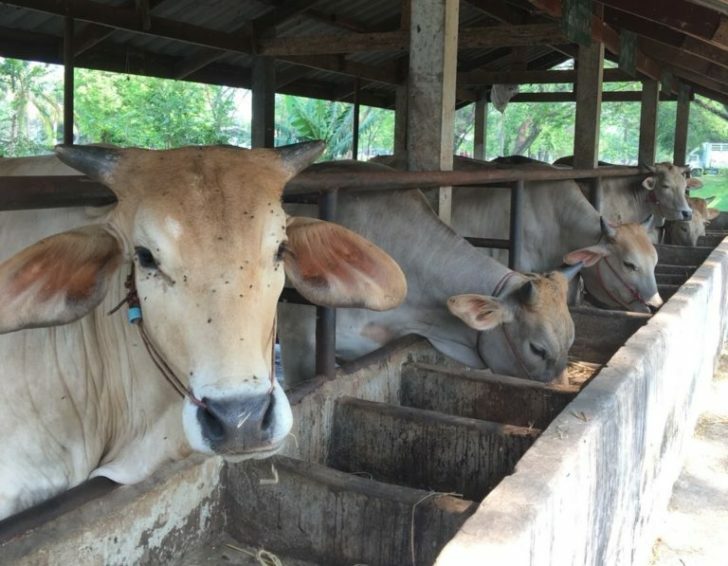February is as good as over – time for a winter weather balance: the capital was the federal state in which there was the least rainfall in the coming winter. This emerges from the preliminary balance sheet for December, January and February of the German Weather Service (DWD). At around 95 liters per square meter, the amount of precipitation was well below the long-term average of 131 liters per square meter. According to the DWD, this comparative value, calculated from the internationally valid reference period 1961 to 1990, enables an assessment of long-term climate change.
With hours of sunshine and the average temperature, Berlin was above the target values this winter. The sun was shining for around 170 hours – 23 hours more than the target value. With an average temperature of 1.9 degrees and thus 1.4 degrees above the value of the reference period, it was clearly too warm.
Winter too warm again
In the current winter, Brandenburg was the federal state in which there was the second least rainfall. At around 105 liters per square meter, the amount of precipitation was well below the long-term average of 123 liters per square meter. With hours of sunshine and the average temperature, Brandenburg was above the target values this winter. The sun shone for around 175 hours – 26 hours more than the target value. With an average temperature of 1.3 degrees and thus 1.2 degrees above the value of the reference period, it was clearly too warm.
The lowest winter temperature was measured on February 15, 2021 at -20.2 degrees in Doberlug-Kirchhain (Elbe-Elster) and Lübben-Blumenfelde (Dahme-Spreewald).
For the tenth time in a row, the meteorologists recorded a too warm winter nationwide. Accordingly, the average temperature was 1.8 degrees and thus 1.6 degrees above the target value.
– .


